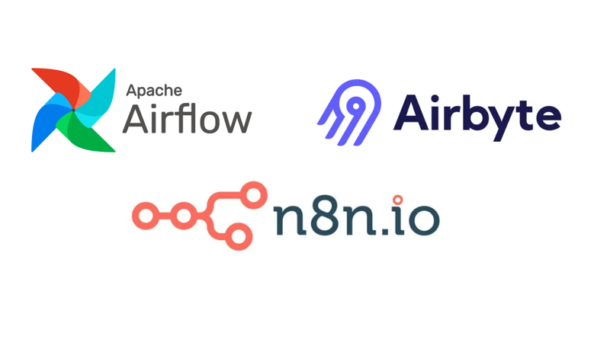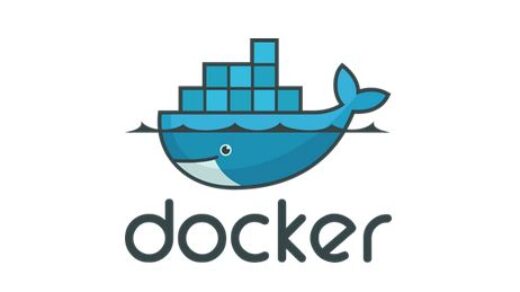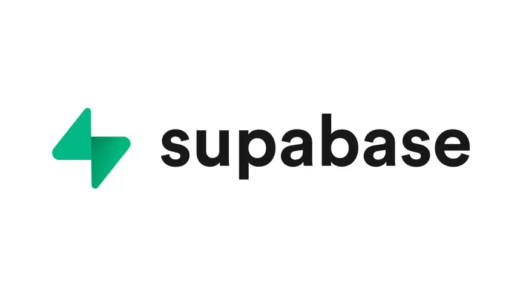In today’s data-driven world, moving information, processing it, and acting upon insights are critical. But stitching together these processes can be complex. Thankfully, a powerful trio of open-source tools, when used together, can create incredibly robust and flexible data and automation pipelines, especially when you prefer the control of a self-hosted environment.
Meet the specialists:
- Airbyte: The Great Data Loader: Need to reliably pull data from dozens of different sources (APIs, databases, SaaS apps) and load it into a central destination (like a data warehouse or database)? Airbyte is your tool. It focuses purely on Extract and Load (EL), offering a vast library of pre-built connectors that save immense development time and handle complexities like schema changes and incremental updates.
- Airflow: The Great Workflow Orchestrator: Have complex workflows with multiple steps, dependencies, and the need for robust scheduling, monitoring, and error handling? Airflow excels here. It’s designed to programmatically author, schedule, and monitor intricate data pipelines (including transformations, ML jobs, etc.). Think of it as the conductor of your data orchestra, ensuring tasks run in the right order and recovering from failures.
- n8n: The Great Automator: Want to connect various web services and applications via their APIs to automate business processes based on triggers and events? n8n is the master of connecting apps and automating actions. Its visual, node-based interface makes it easy to build workflows that react to events (like a new sale, a form submission, or data hitting a threshold) and trigger actions across your toolstack (Slack messages, CRM updates, email campaigns).
Why Integrate Them? The Power of Synergy
While each tool is powerful on its own, their true magic unfolds when they collaborate:
- Complementary Strengths: Airbyte handles the heavy lifting of data ingestion, Airflow orchestrates the entire data lifecycle (including transformations after loading), and n8n bridges the gap between data insights and operational actions.
- End-to-End Pipelines: You can build complete workflows starting from raw data extraction, through complex processing and analysis, culminating in real-world business actions or notifications.
- Separation of Concerns: Each tool does what it does best, leading to more maintainable, scalable, and understandable systems. Data engineers can focus on robust pipelines in Airflow/Airbyte, while operations or other teams can leverage n8n for application-level automation.
- Flexibility in Self-Hosting: Running all three on the same server (or within the same accessible network, e.g., Docker network) simplifies communication, often allowing direct API calls via
localhostor internal service names.
How They Integrate (Self-Hosted Scenario)
Assuming Airflow, Airbyte, and n8n are running on the same server or within the same Docker network:
- Airflow Triggering Airbyte:
- Method: Use Airflow’s official
AirbyteTriggerSyncOperatoror make a direct API call using theSimpleHttpOperator. - How: An Airflow DAG task initiates an Airbyte data sync job. The Airflow task waits for the sync to complete successfully before moving to the next step (like transformations).
- API Endpoint (Example):
POST http://localhost:8001/api/v1/connections/sync(Airbyte API port might vary).
- Method: Use Airflow’s official
- Airflow Triggering n8n:
- Method: Use Airflow’s
SimpleHttpOperatorto call an n8n Webhook trigger. - How: After a data pipeline in Airflow completes (e.g., data loaded and transformed), a final Airflow task sends an HTTP POST request to a specific n8n webhook URL. This triggers an n8n workflow to perform actions like sending Slack notifications, updating a CRM, or generating a report.
- API Endpoint (Example):
POST http://localhost:5678/webhook/airflow-job-complete(n8n’s default port).
- Method: Use Airflow’s
- n8n Triggering Airflow:
- Method: Use n8n’s
HTTP Requestnode to call Airflow’s REST API. - How: An n8n workflow, perhaps triggered by an external event (like a new customer signup), makes an API call to Airflow to trigger a specific DAG run. This could initiate a complex data enrichment or analysis pipeline managed by Airflow.
- API Endpoint (Example):
POST http://localhost:8080/api/v1/dags/{dag_id}/dagRuns(Airflow’s default port).
- Method: Use n8n’s
- Indirect Integration (Shared Resources):
- Method: Tools can interact via shared resources like databases or file systems.
- How: Airbyte loads data into a database. Airflow processes it within that database. n8n reads results from the same database to trigger alerts or actions.
Example Use Case: Processing Customer Feedback
Let’s illustrate with a practical example: Analyzing customer feedback from Zendesk to alert the product team about urgent issues.
- Extract & Load (Airbyte):
- An Airbyte connection syncs new ticket data (including tags and comments) from Zendesk to a local PostgreSQL database every hour.
- Orchestrate & Transform (Airflow):
- An Airflow DAG is scheduled to run hourly, shortly after the expected Airbyte sync time.
- Task 1: Uses
AirbyteTriggerSyncOperatorto ensure the Zendesk sync is complete (or actively trigger it). Waits for success. - Task 2: Uses
PostgresOperator(orPythonOperator) to run a SQL script/Python code against the PostgreSQL database. This script analyzes comments from recently synced tickets, looking for keywords like “bug,” “error,” “urgent,” or performs basic sentiment analysis. It flags relevant tickets in a specific table or view. - Task 3: (Conditional) If flagged tickets are found, use
SimpleHttpOperatorto send a POST request to an n8n webhook URL, potentially passing the IDs of the flagged tickets in the request body.
- Automate Action (n8n):
- An n8n workflow starts with a Webhook trigger listening at the URL called by Airflow.
- Task 1: Receives the request from Airflow (including flagged ticket IDs).
- Task 2: Uses the
PostgreSQLnode to query the local database and retrieve full details for the flagged tickets identified by Airflow. - Task 3: Uses branching logic (e.g.,
IFnode) based on ticket details. - Task 4a (Urgent Bug Path): Uses the
Slacknode to send a high-priority message to the#product-alertschannel with ticket details and a link. - Task 4b (Urgent Bug Path): Uses the
Jiranode to automatically create a new bug ticket in the engineering backlog. - Task 4c (Other Feedback Path): Uses the
Slacknode to post a summary to the#customer-feedbackchannel.
Conclusion
By integrating the self-hosted power trio of Airbyte, Airflow, and n8n, you create a formidable stack. Airbyte handles the diverse data loading, Airflow masterfully orchestrates the complex data pipelines and transformations, and n8n acts as the nimble automator, translating data insights into immediate actions across your business applications. This combination provides exceptional control, flexibility, and power for managing your data and automating processes end-to-end, all within your own infrastructure.





